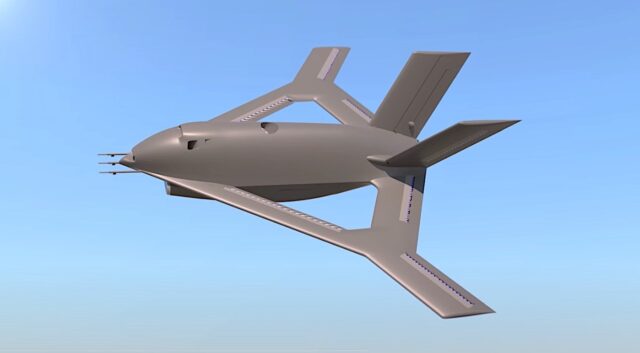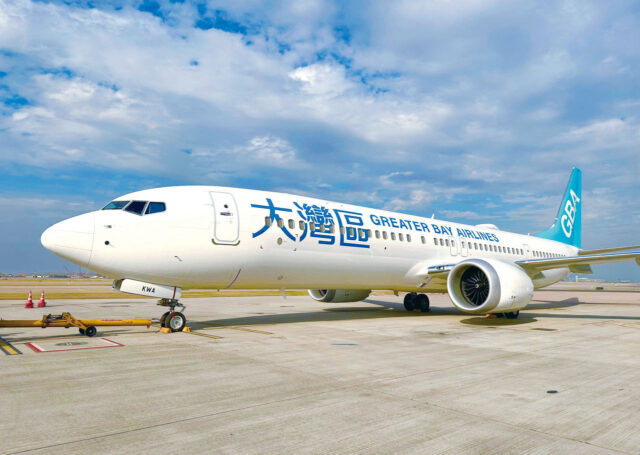Phnom Penh’s new Techo airport opens as Cambodia’s largest aviation project

October 3, 2025

Cambodia has opened a new international gateway for its capital, with the official inauguration of Techo International Airport on 9 September marking the country’s most ambitious piece of aviation infrastructure to date.
The first commercial service into the airport was operated by Air Cambodia and received a traditional water salute on arrival, kicking off operations at what is now Phnom Penh’s main international hub used by local and international carriers.
Cambodia's new Techo Int'l Airport opens today. China provided the $2bn loan for the project. Chinese firms built all of the airport except the ATC tower. A British firm designed the terminal. Surprisingly, air traffic control of the airport is outsourced to a French firm.. pic.twitter.com/KtQ8LwlPnp
— HG 阿聻 𓆣 𓇽 (@ohgkg) September 9, 2025
Within weeks of opening, the airport had already welcomed two new routes and even played a role in supporting Cathay Pacific, temporarily hosting part of its fleet during Typhoon Ragasa.
The project was delivered by Cambodia Airport Investment Co. (CAIC), a joint venture between the State Secretariat of Civil Aviation and the Overseas Cambodian Investment Corporation (OCIC).
Cambodia’s new airport opens
Phase one of the airport is designed to handle 15 million passengers annually, reflecting Cambodia’s ambitions to expand its role in the regional aviation market.
It is also notable in another sense: the airport was fully funded and built in Cambodia, employing more than 200 Cambodian engineers and 17,000 workers in cooperation with international contractors.
Designed by Foster + Partners, the terminal pays tribute to Cambodia’s heritage while adopting modern airport functionality, the airport said.
Its roof canopies are supported by structures inspired by the rumduol flower, Cambodia’s national flower, and the layout integrates tropical landscaping, natural light and a nine-metre-tall Buddha statue in the Abhayamudra pose.

“Welcoming the first passengers at Techo International Airport is a defining moment,” said Pung Kheav Se, Chairman of OCIC and CAIC.
“It creates new opportunities for Cambodia – for visitors, businesses, and investors – and marks the beginning of a new chapter for our country.”
Vinci Airports is overseeing management, Lagardère Travel Retail is responsible for retail outlets, Newrest is managing catering, and Singapore Airlines Engineering Company (SIAEC) is handling aircraft maintenance.
Asia-Pacific airports are growing rapidly
Airports across Asia-Pacific are growing fast. Over the next two decades, the region is forecast to require around $1.3 trillion for airport infrastructure, both to build new greenfield sites and to upgrade or expand existing facilities.
At present, there are roughly 425 active airport projects worldwide, of which 155 are in Asia-Pacific region, according to ACI.
These schemes already represent $209 billion in committed funding.
Among them is Vietnam’s Long Thanh International Airport ranks among the most expensive greenfield airport projects anywhere in the world.
On 26 September 2025, Long Thanh International Airport reached a key milestone with its first official calibration flight.
Covering more than 5,500 hectares across six communes in Long Thanh district, Dong Nai province, the development is designed to ease congestion at Ho Chi Minh City’s Tan Son Nhat International Airport.
The New Manila International Airport, fully funded by San Miguel Corporation, is set to become the Philippines’ largest infrastructure project. Spanning 2,500 hectares in Bulakan, Bulacan, the airport will feature four parallel runways and is projected to handle up to 100 million passengers annually when it opens.

Singapore’s Changi Airport Terminal 5, expected by 2030, will serve 50 million passengers and incorporate three runways, over 100 departure gates, and energy-efficient systems designed for alternative fuels and fixed ground power.
India’s Navi Mumbai International Airport, also under construction, will help decongest Mumbai’s existing airport.
Once completed, it will feature two runways, modern passenger terminals, and cargo facilities, significantly boosting regional connectivity and accommodating rising air traffic in western India.
















